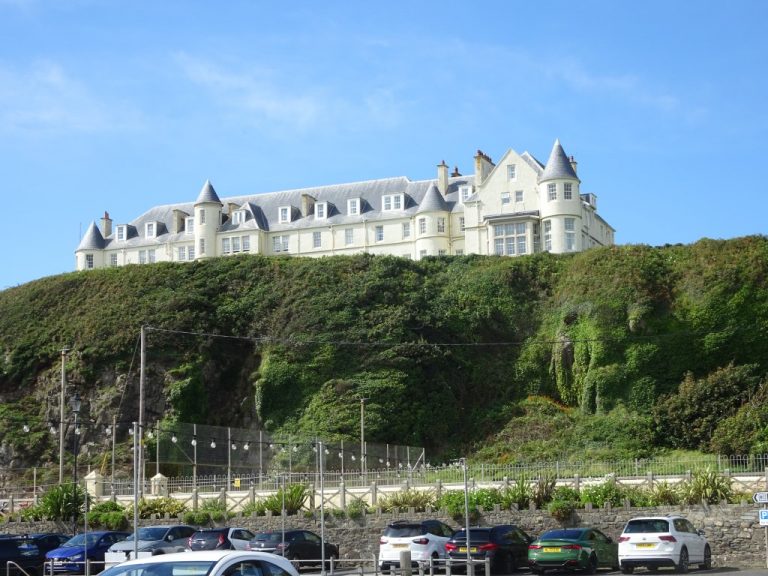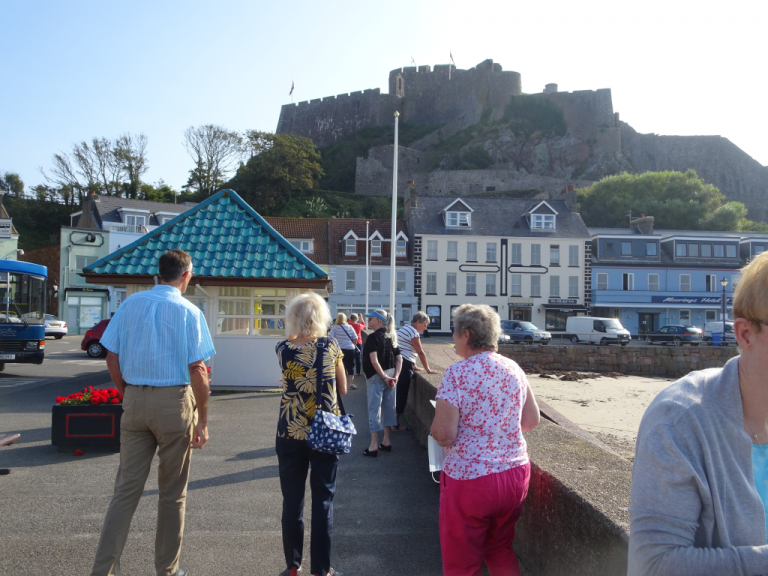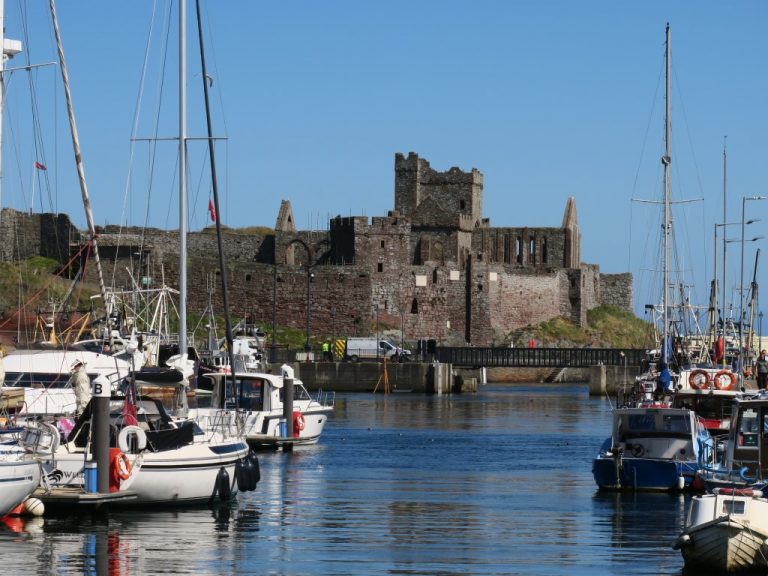Somerset May 2025
This, below, is the view over Chew Valley Lake from the approach road to Nettwood farm where I was staying for the week, commencin Friday, at my usual Lookout Lodge. The featured image shows the Alpcas, which are in the adjoining field and come up to the fence of Lookout lodge and look and sniff at my little dog, Maisie, with curiosity.
The weather was mostly good for the week, and I picked up my cousin Lynne, from Staple Hill and we went to visit another of my cousins, Terry, in Somerton on the first Saturday. Somerton is an ancient Saxon Town and was the possession of the Saxon kings, during which time it was sparsely populated. It was only during the Roman period that the town grew bigger and bigger and eventually became the capital of the Kingdom of Wessex from 871 to 901. It also used to be Somerset’s county town, but this is now Taunton.
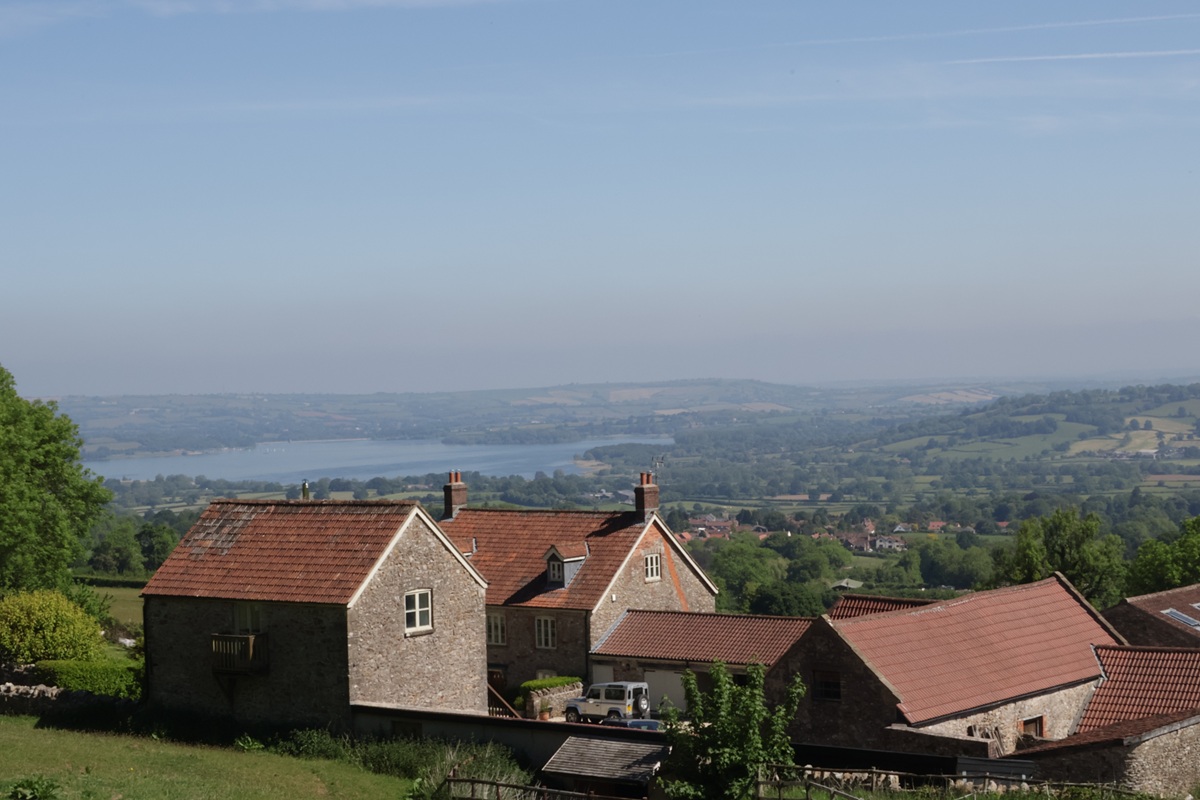
While at Terry’s house in Somerset I discovered from him flying the flag that Somerset has had its own flag since 2013.
The main difference between the Somerset and Wessex flags lies in their central emblem and color scheme: Somerset (top of the two) features a red dragon, which dragon is depicted as having four legs, on a gold background, while Wessex traditionally uses a golden wyvern, a dragon with two legs, on a red background. While both flags are linked to the region’s history, they represent different entities – Somerset as a county and Wessex as a historical kingdom of which Somerset is a part.
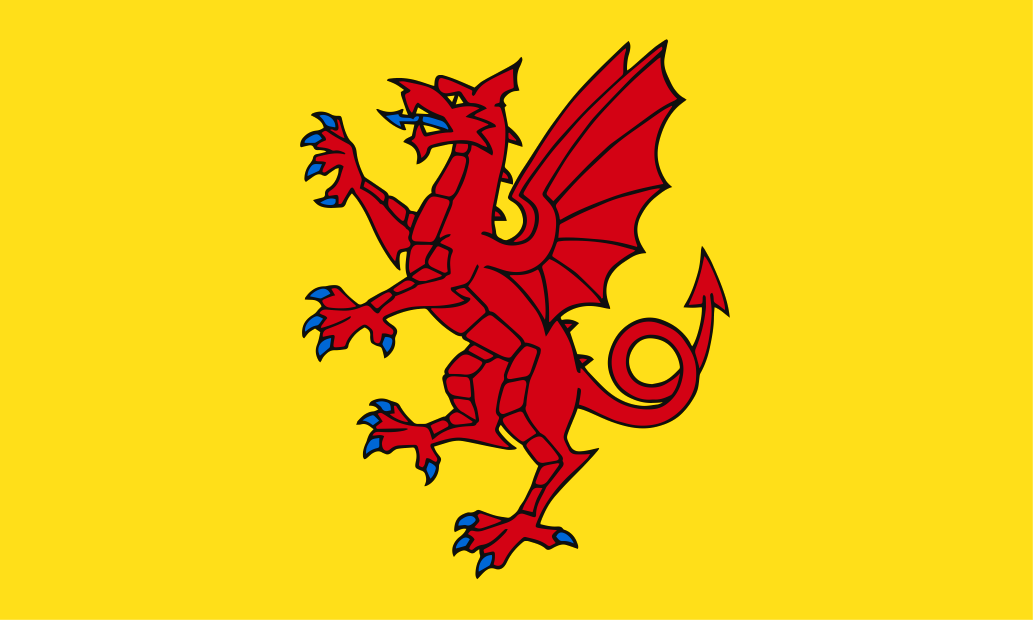

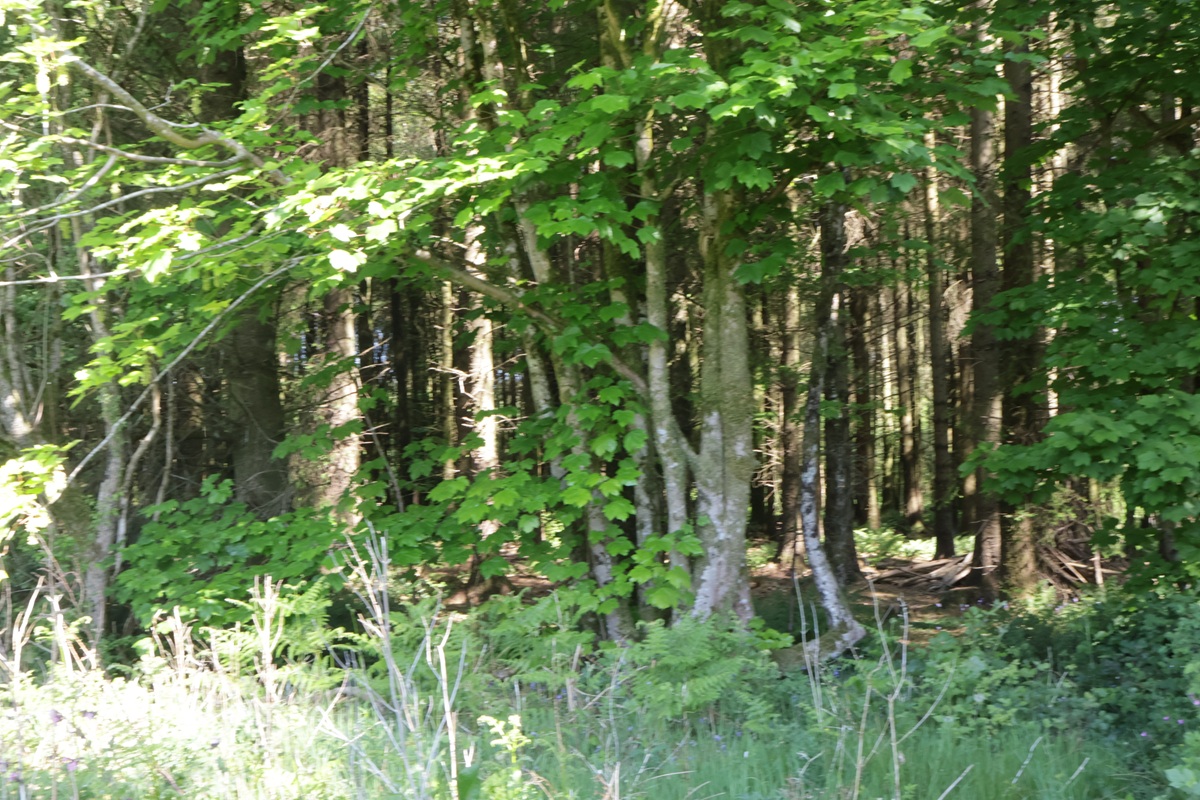
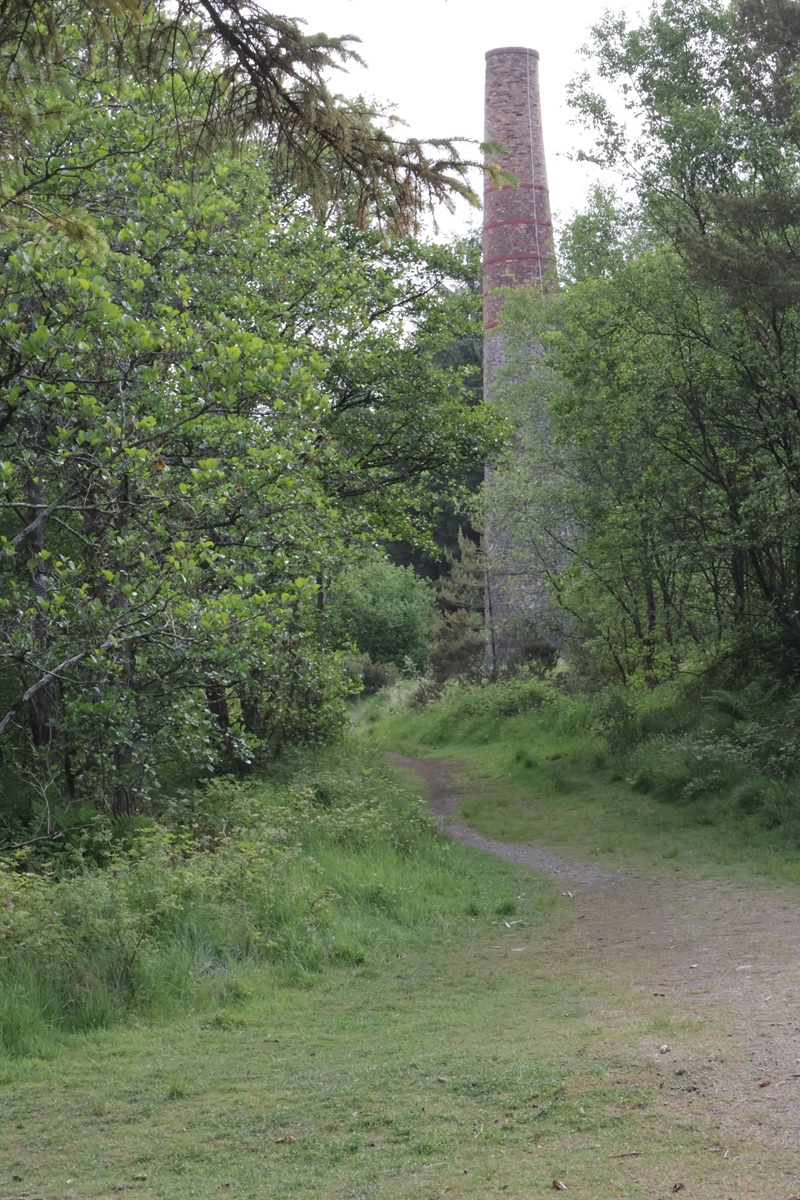
Me and Maisie had daily walks in Smitham Woods, which are near the top of Smithams Hill, as it Nettwood Farm. We walked through the woods behind Lookout Lodge, and I had to climb over a broken-down drystone wall to get to the road and then into the woods.
I liked the top image of the woods because of the interplay of light on the trees.
Further on is the woods is Smitham Chimney which was a chimney was used for lead mining just outside the village of East Harptree, in the parish of Priddy, Somerset, England. It is a Grade II listed building.[1]
The circular chimney has two types of red brick in its upper portion. There is a narrow opening at the base of the chimney.[2]
It was built by the ‘East Harptree Lead Works Co Ltd’ in 1867, and by 1870 was producing 1,000 tons per annum. The company was largely unsuccessful, and the industry only lasted for a few years. The chimney was threatened to be demolished in 1973, by the Somerset County Council but was protected from demolition. Because of the pollution the site supports a population of lead moss (Ditrichum plumbicola).
I had a day out in Cheddar driving down through the spectacular George. This image, which I took as I parked up on the way down through the George on a fine and warm day hardly does it justice. I do not have a wide enough angle lens to capture a better image on my crops sensor Canon camera.
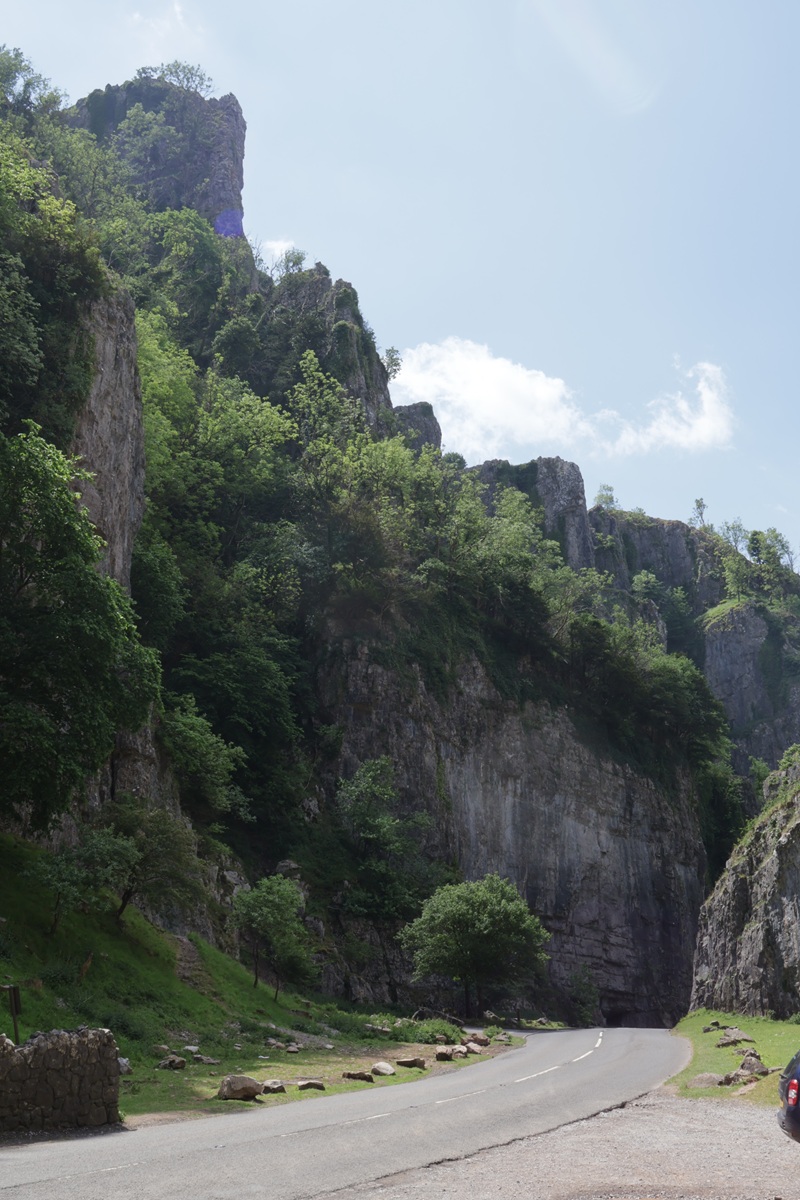
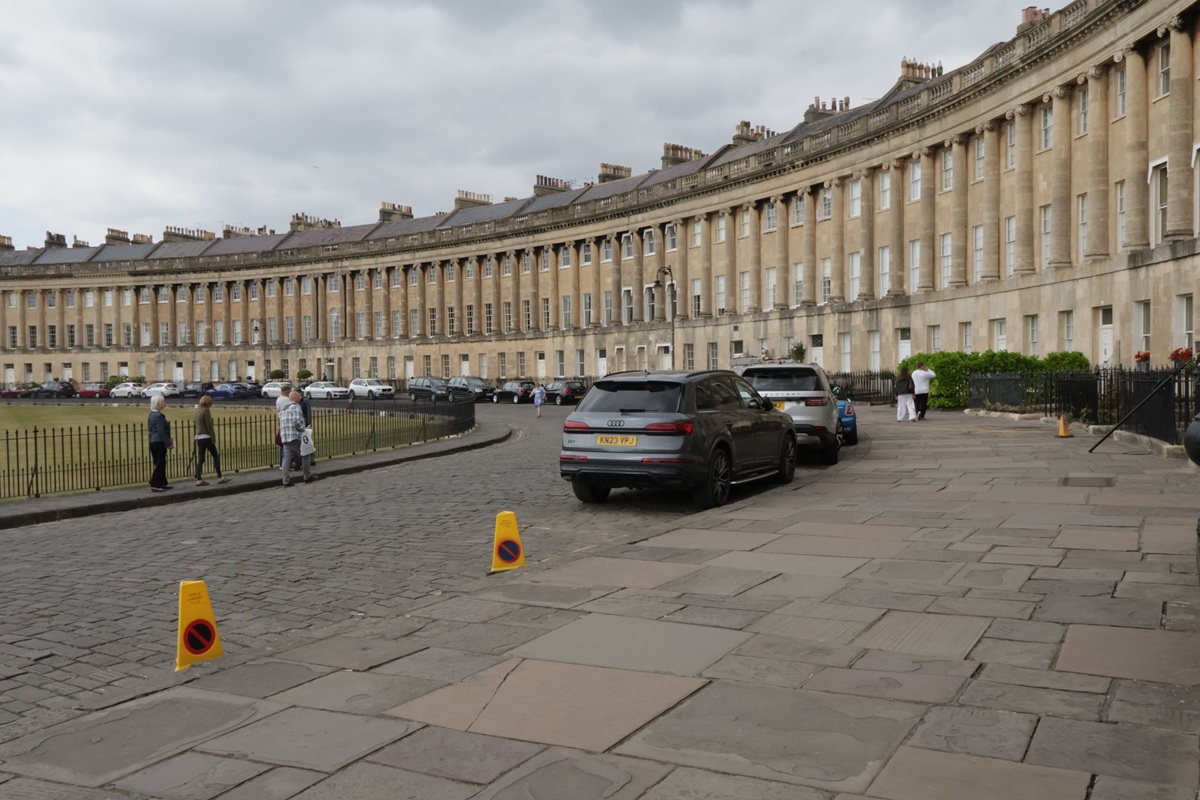
I had a day out in the city of my birth, Bath, and captured the above image of the Royal Crescent, a sweeping crescent of 30 terraced houses, considered one of the finest examples of Georgian architecture in the UK. Built in the 1760s and 70s by John Wood the Younger, it’s a Grade I listed landmark, now featuring private residences, a museum, and a luxury hotel and spa.
I took this image of The Abbey Church of Saint Peter and Saint Paul, commonly known as Bath Abbey, is a parish church of the Church of England and former Benedictine monastery in Bath, Somerset, with the Roman Baths to the right hand side.



